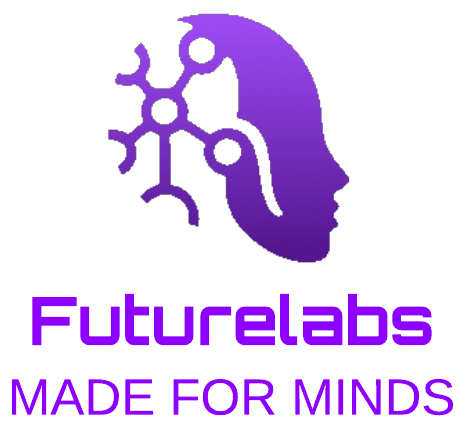The loved ones of a deceased person will be able to hear their voice again through a chatbot. While for some people this may seem somewhat “sinister,” for others it is considered a kind of blessing. Like most things we face, we still don’t know what the effect could be, even on the mental health of some spouses. But, as we’ve always said, the issue is not opposing technological change, but intelligently adapting its use and potential consequences.
Through a chatbot, loved ones will be able to talk to someone close who has passed away. (Illustrative Image Infobae)
Talking to deceased loved ones could become a reality thanks to an artificial intelligence capable of “reviving” them through a chatbot that simulates a virtual human and uses recordings of their voices.
The project, called Life’s Echo, allows the creation of chatbots that replicate the audio of a deceased person. To achieve this, it is necessary that the person has previously participated in an interview with another artificial intelligence called Sarah.
During this interview, Sarah gathers detailed information about their life, such as childhood memories, the place where they grew up, and important moments in their history.
With this information, Life’s Echo generates a chatbot that mimics the voice and responses of the person, allowing their loved ones to interact with it after their death. This advance aims to offer a way to keep the memory of those who are no longer here alive and provide an emotional connection space for their family members.
How do these deceased person’s chatbots work:
Deceased person’s chatbots work using artificial intelligence that recreates conversations based on the memories and personality of the deceased.
The process begins with a prior interview conducted by an AI called Sarah, which gathers detailed information about the person’s life, such as anecdotes from their childhood, places they lived, significant events, and personal details.
These answers, along with voice recordings, are processed to create a personalized model that mimics both their speaking style and the content of their responses.
For example, if a person named Marta decides to participate in the Life’s Echo project, an interview would be conducted where she would share memories like her love for cooking with her grandmother, vacations at the beach, and how she enjoyed reading mystery novels.
The audio responses must be recorded before the person’s death, as the AI does not recreate their voice from scratch.
After their passing, their family members could use the chatbot to interact with “Marta.” Asking something like “What was your favorite recipe?” the chatbot would respond with her recreated voice, saying something like: “I loved making the butter cookies I made with grandma. I’d share the recipe if I could.”
Regarding security, the project’s website states that “Life’s Echo AI uses encryption to protect all data. Only authorized users can access and share the memories.”
What other similar projects exist:
Talking to deceased loved ones could become a reality thanks to an artificial intelligence capable of “reviving” them through a chatbot that simulates a virtual human and uses recordings of their voices.
HereAfter AI Esta aplicación crea una versión virtual de la persona fallecida mediante archivos digitales y entrevistas grabadas en vida. Permite a los usuarios mantener conversaciones en tiempo real, escuchando respuestas con la voz del ser querido. Gracias a la tecnología, la IA puede convertirse en una aliada para atravesar el duelo.
Re;memory Developed by DeepBrain AI, this platform collects digital memories, such as videos and photos, of the deceased. Through a detailed interview, a model is created that allows users to relive these memories.
Eterni.me Backed by MIT, this initiative analyzes social media data and online activities to generate an intelligent avatar that mimics the voice and personality of the deceased. This avatar becomes an interactive digital legacy for family and friends.
You, Only Virtual This company develops AI-based chatbots that allow people to converse with virtual versions of their deceased loved ones. It uses shared text messages, emails, and phone calls to create responses that imitate the voice and behavior of the loved one.
StoryFile This platform offers the ability to create conversational videos with the help of artificial intelligence, allowing users to interact with digital representations of deceased people. It uses video interviews conducted during the person’s life to generate responses to questions asked by users. These projects represent advancements at the intersection of technology and grief, offering new ways to maintain emotional connections with those who are no longer physically present.






0 Comments